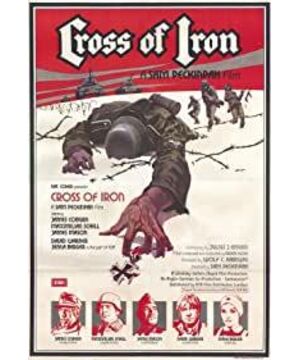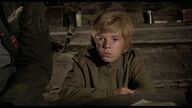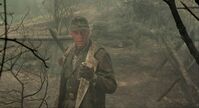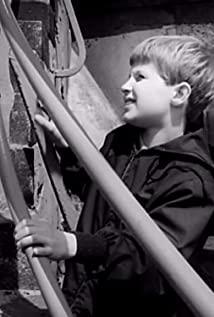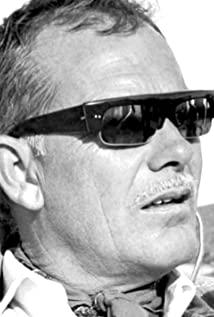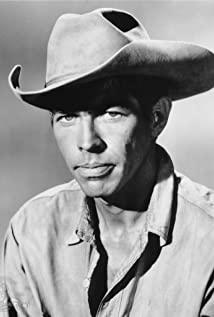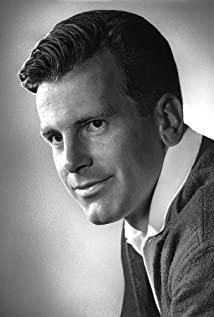The German army in the film is divided into three types, one is the protagonist Steiner, the cannon fodder who is fighting to end the war, the second is the aristocrat who fights for honor, the second is Captain Stronsky, and the other is the A party member who was sent to the front to supervise the army in order to implement Nazi ideology. In the World War II films I’ve seen before, the faces of the Germans are often of the third type, the Germans who have been brainwashed to be anti-Semitic and anti-gay. To be honest, sometimes it feels like the image of a devil who was torn up in anti-Japanese dramas. The precious thing about "Iron Cross" is that it enriches the images of the first two types of German soldiers, making the war more three-dimensional and realistic.
Although there are not many Soviet troops in this film, there is a Soviet soldier who is eye-catching. This soldier has no lines. He was captured by Steiner at the beginning, and was soon released and shot by his own people. At this time, the film still less than half. In theory, removing this soldier role has no effect on the main storyline of the film. However, thinking about it now, did Steiner see his own past in this soldier, and saw the meaninglessness of war?
A Soviet boy who was still underage was drafted into the army, and he was sent to the front line as a target without even holding a gun. Later, Steiner was seriously injured and was admitted to the hospital. While in a coma, he once dreamed of this soldier. He and the nurse were watching himself by the river who was about to be swallowed by the river. This scene was like a near-death experience, and the detached soul stared at him. own body.
The second half of the film is almost a replica of the Greek "Odyssey". Steiner and his teammates went through untold hardships to return to the company.
View more about Cross of Iron reviews


